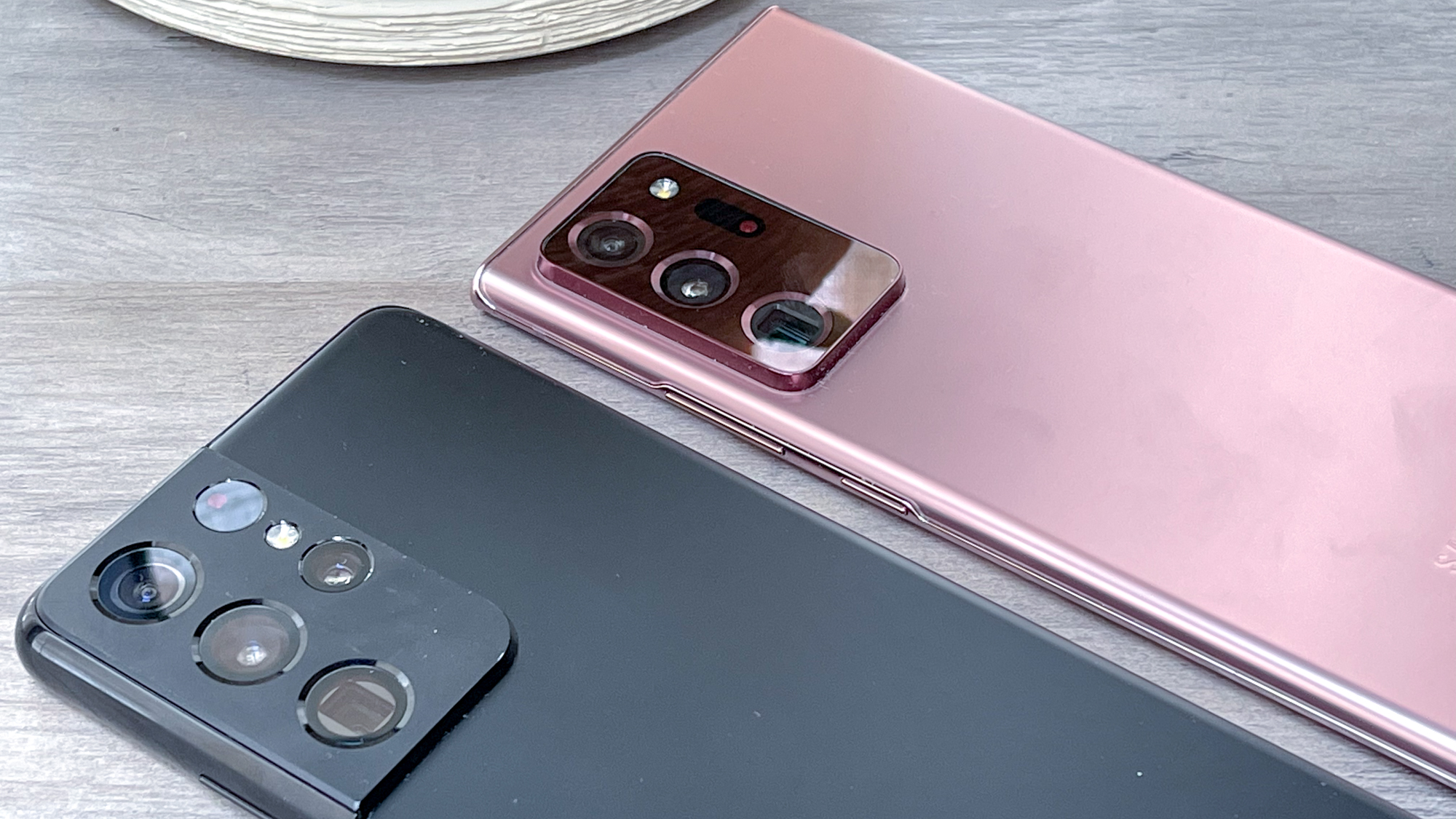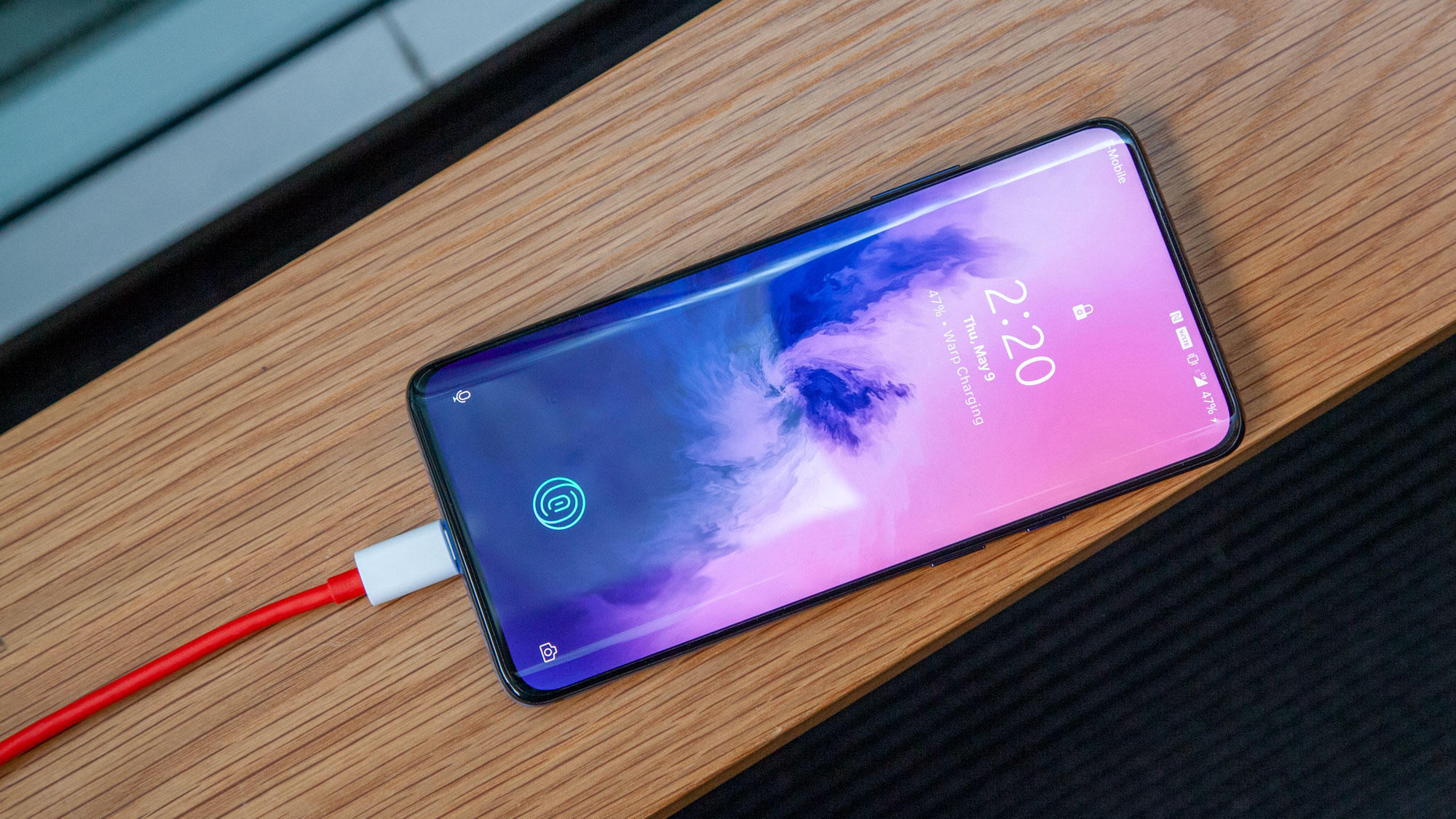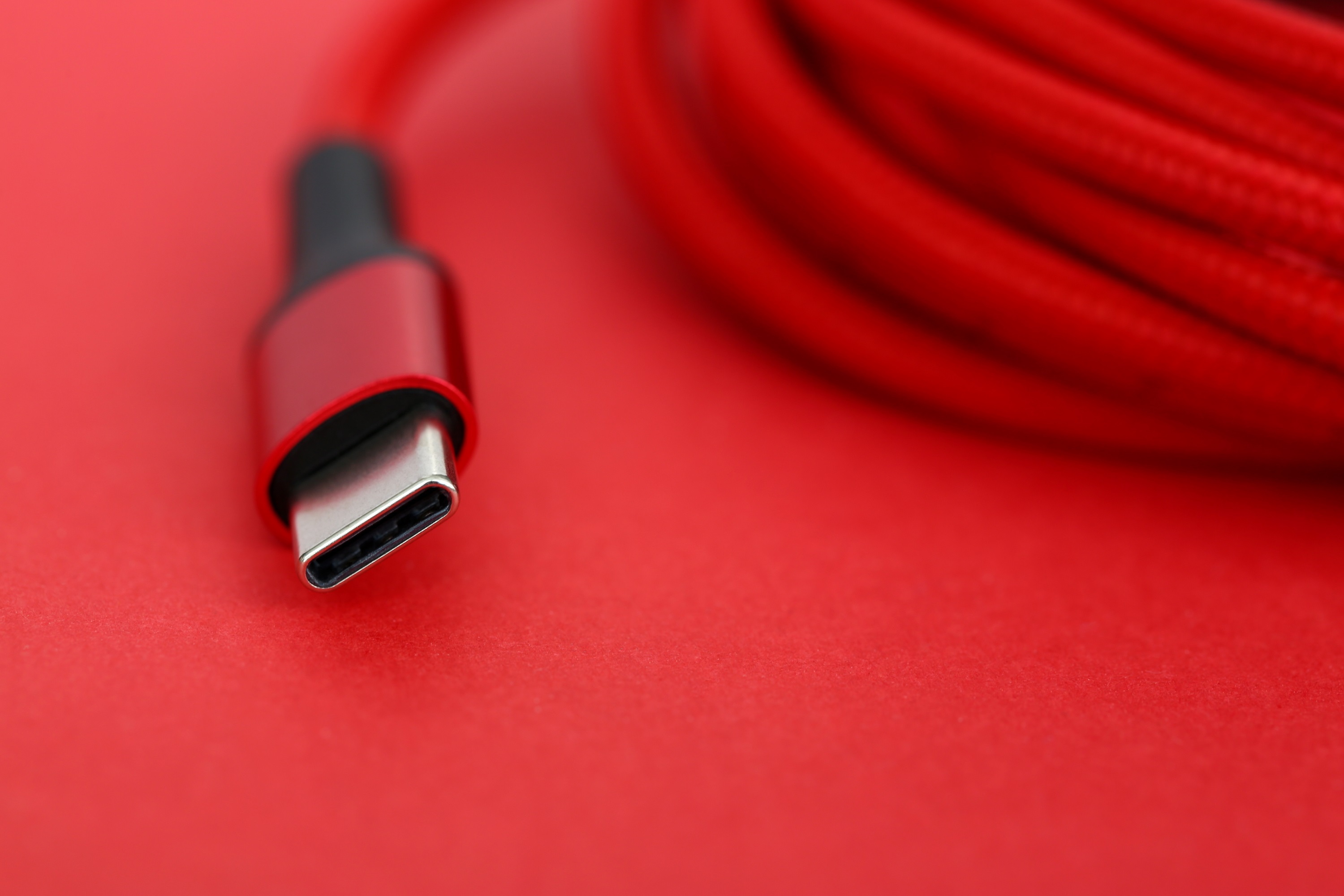iPhone 13 — here's where Android phones relieve win

The iPhone 13 is an excellent phone. In reality, according to our circular editor in chief Mark Spoonauer, the iPhone 13 Pro Max is the best phone e'er made. But even with Apple grazing the heels of perfection, its latest handsets are lost features that have been classical in the Android space for several time. And no, we're not just talk nearly being able to fun Game Boy emulators.
While iPhone 13 Pro buyers mightiness just be getting accustomed to 120Hz displays and quicker charging, those are features that even budget-minded Android fans already enjoy. And it's non just screen refresh rates. Stock features includes punch-maw cameras to forego the need for an obtrusive notch, periscope lenses for increased zoom and USB-C charging. If there's anything that prevents Apple from achieving mobile perfection, it is the phone maker's stubborn attitude toward adopting what's rife.
Either way, below are some things that Android simply does better than iPhone 13.
- Have a look at our iPhone 13 review
- The best phones right now
- Advantageous: Apple leaker says iPhone 14 will kill this model
iPhone vs. Android: Fast charging

It's stunning that the $999 iPhone 13 Pro has a max wired charge speed of 20W. When looking at our quickest charging phones roundup, the OnePlus 9 and the Asus ROG Telephone set 5 some offer 65W charging speed. The Huawei Mate XS has a charge speed of 55W, which is more than double what the latest iPhone supports. And sitting at the crowning is the Xiaomi Mi 10 Ultra, which has an astounding 120W kick rate.
Now, Apple might argue that such fastened charging would degrade the iPhone's electric battery terminated time. And considering that Orchard apple tree devices tend to last 2 to 4 years thirster than equivalent Mechanical man flagships, that argument is plausible. Even then, being able to quickly top away your phone before bearing out the door is an incredibly handy boast. While it's definitely non make-or-break, it does add a win to the Android column.
iPhone vs. Android: Fast freshen up displays equally criterial

Information technology's baffling that the $699 iPhone 13 mini, in 2021, still has a 60Hz display. Some reports suggest that the crunch caused aside the Covid-19 pandemic has led to manufacturing woes in which Malus pumila had to prioritize high refresh displays for its Professional and Pro Max models. Unheeding of the reasoning, at the end of the day, the iPhone consumer loses.
Pretty much every Humanoid flagship comes with a fast refresh display, whether IT be 90Hz or 120Hz. Even last year's more budget conscious Samsung Galaxy S20 FE had a 120Hz LCD display panel. Gaming phones like the Asus ROG Phone 5 feature a 144Hz display.
But still, these are each handsets that start at $700. It's to be hoped-for, on Android at least, that phones in this Mary Leontyne Pric order would excel in zippier displays. The Poco F3 GT, which is noncomprehensive to South Asian markets, has a 120Hz display. And the price? 26,999 rupees, Oregon roughly $366 dollars. Our sister-site Techradar reviewed the Poco F3 GT and gave it high First Baron Marks of Broughton considering its low-priced Mary Leontyne Pric.
But cheaper phones with sudden-refreshing displays aren't express to abroad markets. Hither in the U.S., the OnePlus Nord N200 5G has a display that refreshes at 90Hz, and it can personify yours for less than $300.
iPhone vs. Mechanical man: In-display fingerprint sensors

Among the Apple firm, one of the biggest disappointments from the iPhone 13 launch is the absence of Touch ID. Ever since the iPhone X, Orchard apple tree has opted out of tinct metrics in favorite of Thomas More complicated facial recognition technology. Patc Apple power argue its approach is more secure — Face ID can authenticate mobile payments, subsequently all — Apple fans have found constantly having to point phone to font to follow an annoyance.
In demarcation, under-display fingerprint recognition corpse a fixture on Mechanical man devices. The recent Samsung Galaxy S21 has under-reveal fingermark recognition that's spiffy. The new Samsung Galaxy Z Close 3 has a thin fingermark clit on the side of the phone that unlocks with relieve.
Sometimes Orchard apple tree can get so gung-ho about implementing a new feature that it loses sight on what people liked active the original. And with people continuing to wear Face Gem State-foiling face masks these days, having another way to unlock the iPhone would have been a wanted addition.
iPhone vs. Android: Better rapid climb features

The iPhone 13 has just about of the best maneuverable cameras in the stage business. (In that location's a reason the new models pinnacle our list of best camera phones.) The 12MP sensors that Apple has perplexed to with the last-place hardly a generations produce accurate pictures with great detail. But thither are tradeoffs, namely in zoom.
By sticking with the 12MP detector, on that point's simply little resolution when punching in on a shot. Now, Apple's engineers would argue that lesser pixels on such a small sensor way Thomas More light can be absorbed per pixel. And the physics of this add up. But, as is the instance with Samsung's new ISOCELL GN5 camera sensor, new technologies now exist that can Army of the Pure groups of pixels absorb flimsy together to act as one big pixel.
In terms of lenses, the iPhone 13 has a standard lens system stack. That limits the phone to 3x optical zoom. If Malus pumila had implemented a periscope lens, which stacks field glass horizontally instead of vertically, like in the Samsung Galaxy S21 Ultra, it could allow for Apple to achieve the 10x optical zoom that Samsung fans are enjoying now.
iPhone vs. Humanoid: No notch

When Apple introduced the nick with the iPhone X back in 2017, a bundle of other Android telephone makers followed with various camera cutouts that ate into the exhibit. Quick, Android earpiece makers phased unsuccessful obtrusive notches for hole punch camera cutouts or even under-display television camera tech. Only quartet years later, Orchard apple tree persists with the pass and its array of face detecting sensors.
This ultimately makes the sleek iPhone 13 look dated to other Mechanical man handsets by comparison. Of course, the Apple faithful would argue that the the nick is necessary, as current under-display camera tech is mediocre and facial biometric credit is best for security. But when phones like the OnePlus 7 In favor had a unfeignedly seamless unhindered video display (thanks to putting the selfie camera in a pop-out mechanics), it shows that at that place's still plenty Apple could consume done to labor the nick outer.
iPhone vs. Android: USB-C

In the tech world, Orchard apple tree's Lighting port wine is like some vestigial remainder that once was miles better than the USB equal, but has now been outmatched and outclassed in every single way.
Orchard apple tree simply will not get rid of the curst Lighting cable. Even though Orchard apple tree has switched to USB-C for the MacBook Pro, MacBook Air, iPad In favour of and the coming iPad mini 6. Information technology means that hardcore Apple fans will postulate to bring two sets of cables with them when traveling. It's an annoyance, and at this dot, seems despiteful.
Android switched to USB-C years ago and has curst it since. It's a global standard and easily works across devices.
The Lightning port is Apple hubris, plain and spatulate.
- More: iPhone 13 vs. iPhone 13 Pro: Which should you opt?
iPhone 13 — here's where Android phones still win
Source: https://www.tomsguide.com/news/iphone-13-heres-where-android-phones-still-win

Posting Komentar